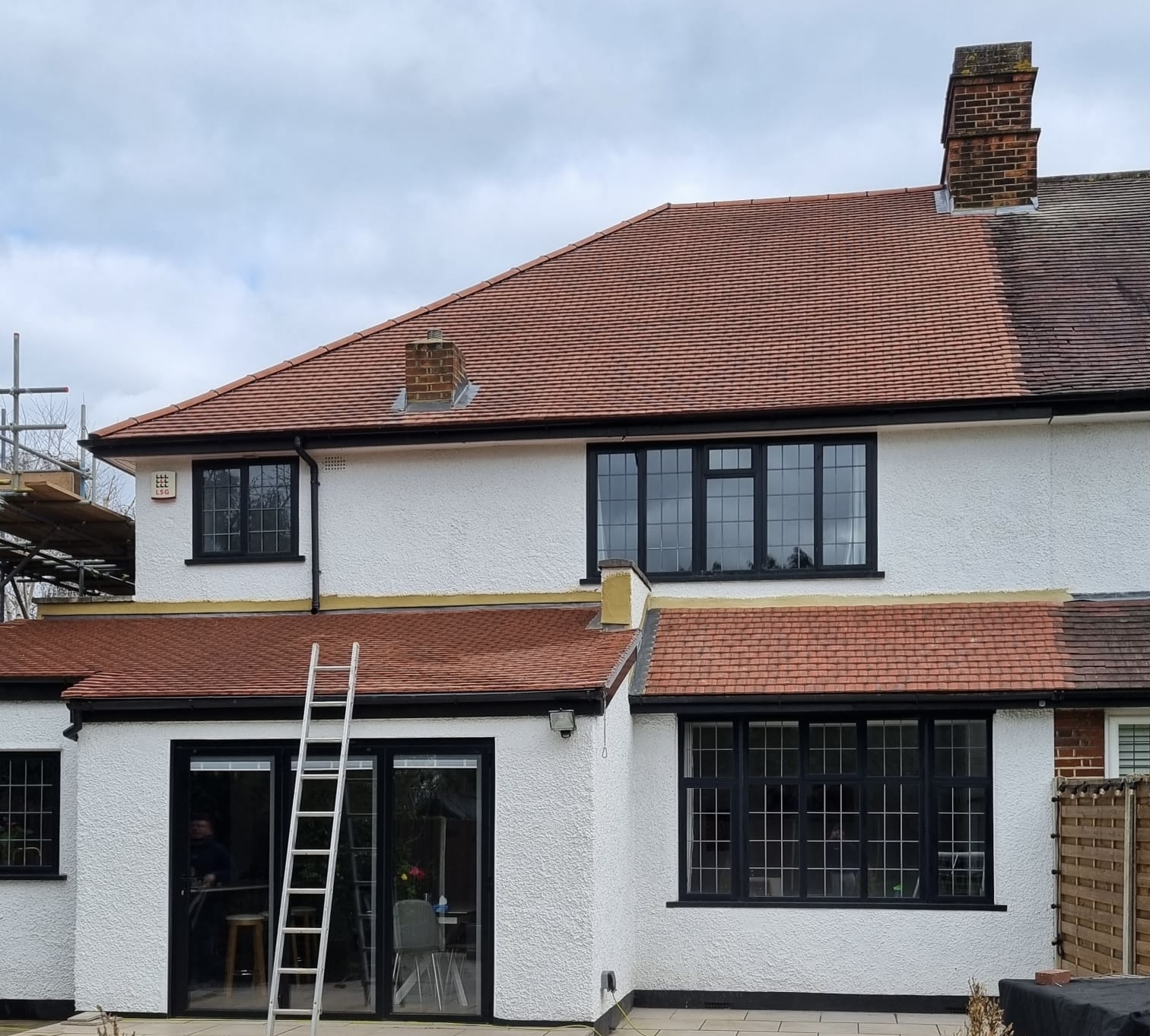+44 7853 968135
Is removing a chimney a good idea?
Many UK homeowners find themselves questioning whether their chimney serves any real purpose in modern living. With changing heating preferences and the need for additional space, chimney removal has become an increasingly common consideration for property renovations.
The decision to remove a chimney involves multiple factors including structural implications, property value considerations, and planning requirements. Understanding these elements thoroughly helps homeowners make informed choices about their property modifications.
Does Removing a Chimney Devalue Your House?
The impact of chimney removal on property value varies significantly depending on your location and target market. In many UK areas, particularly urban environments where space is at a premium, removing an unused chimney can actually increase property value by creating additional floor space and improving room layouts.
However, in period properties or conservation areas, chimneys often contribute to the architectural character that buyers specifically seek. Removing these features could potentially reduce appeal to certain buyers who value traditional aesthetics and the option for real fires.
Need some Support with your chimney removal? Speak with a member of our Professional Chimney Removal Team here

Why Consider Getting Rid of Your Chimney?
Modern heating systems have largely replaced the need for open fires in most UK homes. Gas central heating, electric heating, and renewable energy systems provide more efficient and controllable warmth without the maintenance demands of traditional chimneys.
Unused chimneys can become sources of problems including dampness, pest intrusion, and heat loss. The space occupied by chimney breasts, particularly in smaller properties, could be better utilised for storage, bathroom extensions, or simply to create more open living areas that suit contemporary lifestyles.
Understanding Chimney Load-Bearing Properties
The structural role of chimneys varies considerably depending on the age and construction method of your property. In many Victorian and Edwardian homes, chimney stacks and breasts form integral parts of the structural system, providing stability to walls and supporting upper floors.
Modern properties built after the 1960s typically feature chimneys that are not load-bearing, making removal more straightforward. However, even non-load-bearing chimneys require careful assessment to ensure removal doesn’t compromise wall stability or create structural weaknesses that could develop over time.
| Chimney Type | Load-Bearing Status | Removal Complexity |
|---|---|---|
| Victorian/Edwardian Internal | Often load-bearing | High complexity |
| Modern External | Usually non-load-bearing | Medium complexity |
| 1960s+ Internal | Typically non-load-bearing | Low-Medium complexity |
| Decorative External | Non-load-bearing | Low complexity |
Assessing Whether Chimney Removal Is a Major Undertaking
The complexity of chimney removal depends heavily on whether you’re removing the entire structure or just internal portions. Full removal including the external stack requires scaffolding, roof repairs, and significant structural work, making it a substantial project requiring multiple trades.
Partial removal, focusing only on internal chimney breasts, represents a more manageable approach for many homeowners. This option eliminates internal space constraints whilst maintaining the external appearance, though it still requires structural assessment and building control approval to ensure safety standards are met.
| Removal Type | Duration | Cost Range (£) | Trades Required |
|---|---|---|---|
| Full Stack Removal | 5-10 days | £3,000-£8,000 | Structural engineer, roofer, builder |
| Breast Removal Only | 2-5 days | £1,500-£4,000 | Structural engineer, builder |
| Decorative Removal | 1-3 days | £500-£2,000 | Builder |
| Opening Blocking | 1-2 days | £200-£800 | Builder |
Why Removing Your Chimney Can Be an Excellent Decision
Chimney removal offers significant advantages for many UK homeowners, particularly those prioritising space efficiency and modern living requirements. The additional floor area gained, especially in smaller properties, can transform room functionality and improve daily life quality substantially.
Beyond space considerations, removing unused chimneys eliminates ongoing maintenance costs including annual sweeping, structural repairs, and weatherproofing. These savings accumulate significantly over time, often justifying the initial removal investment within several years.
The environmental benefits also merit consideration, as sealed properties without chimney heat loss demonstrate improved energy efficiency. This reduction in heating costs aligns with current UK government initiatives promoting energy-efficient homes, potentially qualifying for various green improvement grants available through gov.uk energy efficiency schemes.
The key advantages include:#
Need Help with Chimney Removal? Talk to one of our Professional Chimney Removal Experts today!
Is Removing a Chimney a Good Idea?: Frequently Asked Questions
Full external chimney removal typically requires planning permission, particularly in conservation areas or listed buildings. Internal breast removal usually falls under permitted development rights, though building regulations approval remains mandatory for structural safety compliance.
Costs vary from £1,500-£4,000 for breast removal and £3,000-£8,000 for full removal, with London and South East prices typically 20-30% higher. Regional variations reflect local labour costs and material transportation expenses across different UK areas.
Chimney removal requires structural engineering assessment and building control approval, making professional involvement essential. DIY attempts risk structural damage, building regulation violations, and insurance policy invalidation, making professional installation strongly recommended.
Professional removal includes comprehensive roof repair using matching materials and proper weatherproofing. The roof structure requires reinforcement where the stack previously provided support, ensuring long-term weather resistance and structural integrity.
Insurance companies typically require notification of structural modifications including chimney removal. Most insurers accept professionally completed removals with proper certification, though premiums may adjust based on the specific changes made to the property.
Full removal projects typically require 5-10 working days including scaffolding, structural work, and roof repairs. Internal breast removal alone usually takes 2-5 days, depending on the number of floors involved and accessibility constraints.
Building control approval is mandatory for load-bearing chimney removal, ensuring structural calculations and safety standards compliance. Non-load-bearing removals may still require notification, with specific requirements varying between different local authority areas across the UK.
Options include blocking openings, installing wood-burning stoves, or converting to decorative features. These alternatives maintain structural integrity whilst addressing space and maintenance concerns, often representing more cost-effective solutions than full removal.
Professional structural engineering assessment determines load-bearing status and removal methodology requirements. This survey identifies potential complications, calculates necessary structural support, and ensures compliance with current UK building standards throughout the process.
Impact varies significantly by property type and location, with modern homes often benefiting from increased space utility. Period properties may experience mixed effects, as some buyers specifically seek traditional features whilst others prioritise contemporary living arrangements.
Structural instability, roof leaks, and wall cracks represent primary risks of unprofessional removal attempts. These issues can cost thousands to rectify and may compromise building insurance, making professional assessment and execution essential for safe completion.
Internal breast removal whilst retaining external stacks offers compromise solutions for conservation concerns. This approach provides internal space benefits without altering street-facing architectural character, though it requires careful structural consideration and weatherproofing of remaining elements.
Conservation area consent is typically required for external chimney modifications, with local planning authorities assessing impact on area character. These applications require detailed justification and often architectural heritage consideration before approval, as outlined in UK planning portal guidance.
Structural engineers registered with the Institution of Structural Engineers and builders certified through recognised trade bodies ensure professional standards. Local building control departments often provide approved contractor lists, whilst online directories allow verification of qualifications and insurance coverage before project commencement.

